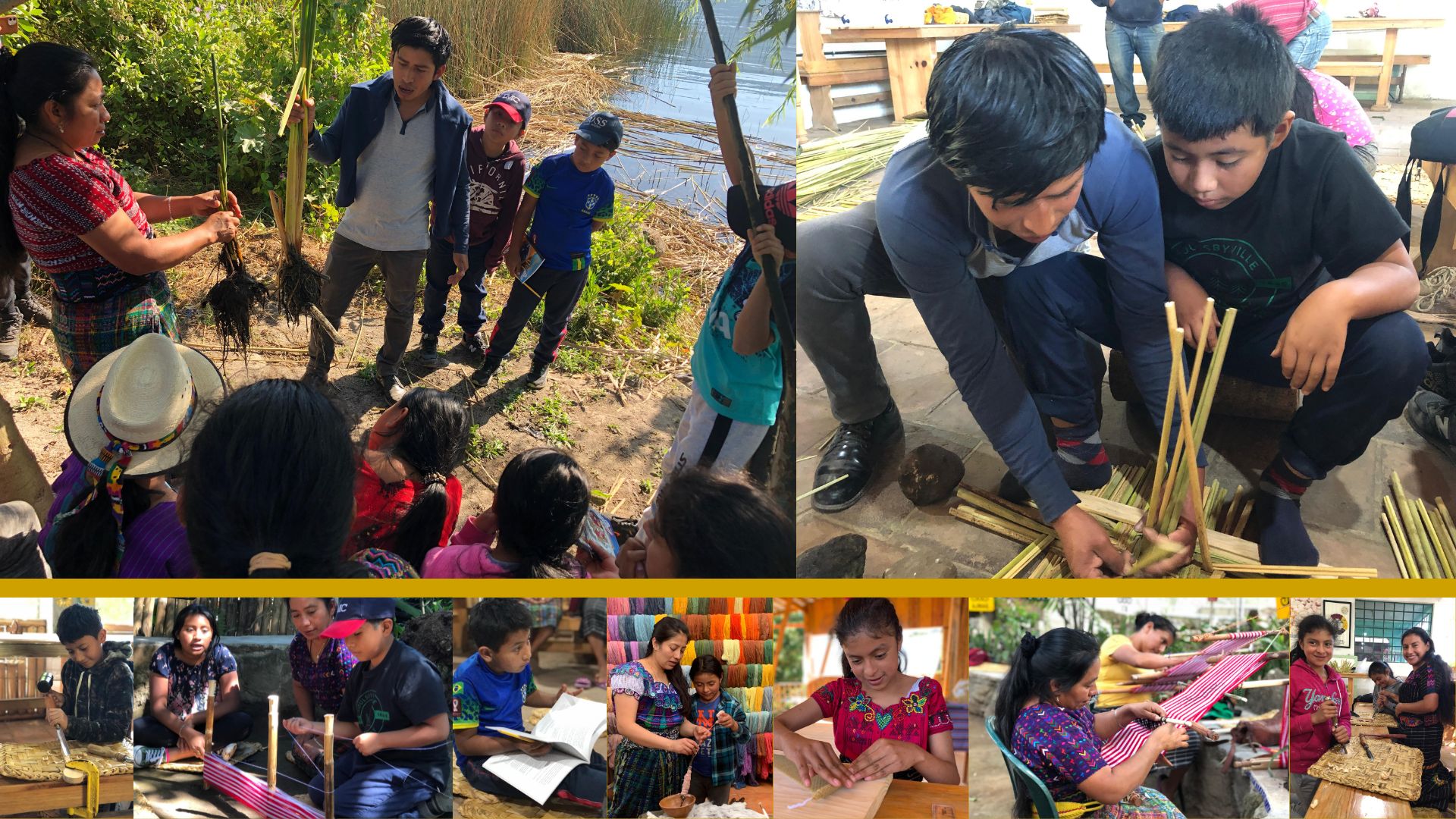The camps are designed to honor traditional art forms and ancestral skills, providing youth with the opportunity to engage in hands-on intergenerational learning. Our goal is to inspire the preservation of cultural practices through these enriching experiences.
We watch many young people from rural villages migrate to Guatemala City for work, or even more dangerously, crossing Mexico to reach the U.S. border. Because of this, we are working to find opportunities for youth to develop skills and leadership that could support them to stay in their own communities. Re-valuing traditional skills also has many other benefits like connecting one back to land, creating community, and improving mental health.
We are applying a similar model for youth in the United States to help young people and their parents reconnect with ancestral skills and knowledge that are gradually fading away. These gatherings provide people the opportunity to engage all of their senses in farming, craft, food preparation and seed saving.

First Inter-generational Camp in Guatemala
In January, 2023 The Garden’s Edge piloted its first ever Ancestral Skills Camp at the Mesoamerican Permaculture Institute on Lake Atitlan. The kids learned backstrap weaving, wood carving, how to make woven mats from tule, they read the Popol Vuh, (sacred book of the Maya), sang Mayan hip-hop songs around a campfire, played soccer, swam, and fished. They learned about beekeeping, natural dyes, how to process cacao, and they visited an aquaculture farm and a primary forest.

Traditional Pottery: Hand by Hand
Traditional pottery making is vital to the Maya Achi people’s cultural heritage in Rabinal, Guatemala. To prevent this and other traditional crafts from disappearing, we support intergenerational skills camps. In 2023, we held a week-long class with Francisco, age 70, the last ceramicist from the Alvarado family, who taught the children and their parents to make traditional pots. Throughout the week, youth learned how to make a pot by hand, and use a traditional pit fire to fire the pottery. Francisco has been working as a ceramicist since he was very young.
With this rich experience, he guided the youth through each step of the process. The students were fascinated by his skillful manipulation of the clay, as he effortlessly transformed a lump of earth into a beautiful, functional piece of art. Under Francisco’s patient instruction, they learned not only the techniques of pottery making but also the stories and cultural significance of this art
As the week progressed, the group was inspired by Francisco’s passion and dedication. We began to appreciate the deeper meaning of preserving their heritage. Each pot they created was more than just an object; it was a testament to their connection with their ancestors and their commitment to keeping the traditions alive.


